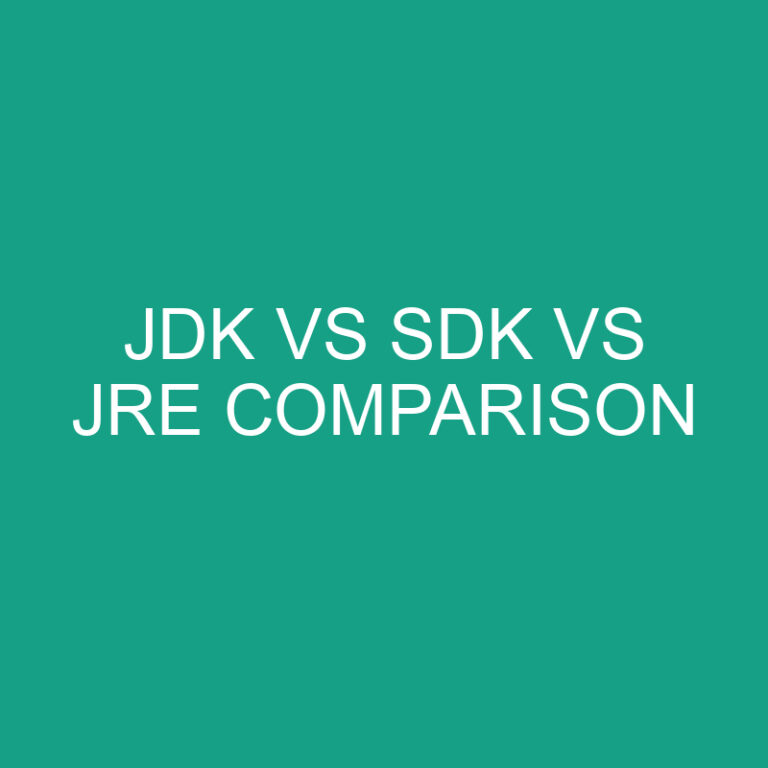
Samsung offers a diverse range of mobile phones, each catering to different market segments and user preferences. The A, J, and S series are distinct lines within Samsung’s lineup, each with its own characteristics. Let’s explore the differences between Samsung A, J, and S series mobile phones:
Samsung A Series:
1. Design and Build:
- The A series often features a premium design with materials like glass and metal.
- It tends to have a sleek and modern appearance, with attention to aesthetics.
2. Display:
- A series devices commonly come with vibrant Super AMOLED displays.
- The display quality is often high, offering rich colors and deep contrasts.
3. Camera:
- Samsung A series phones are known for their versatile camera setups.
- They may include multiple lenses for various photography scenarios, such as ultra-wide-angle and macro photography.
4. Performance:
- The A series offers a balanced performance suitable for everyday use.
- It caters to users who prioritize a good camera experience along with decent overall performance.
5. Price Range:
- A series devices are typically positioned in the mid-range price segment.
- They provide a balance between features and affordability.
6. Target Audience:
- Geared towards users who want a stylish phone with good camera capabilities without the premium price tag.
Samsung J Series:
1. Design and Build:
- The J series phones often have a more basic design with a plastic build.
- They may not have the premium feel of the A series.
2. Display:
- J series devices usually come with standard LCD displays.
- The display quality may not be as vibrant as the A series with Super AMOLED screens.
3. Camera:
- Cameras on J series phones are generally decent but may not offer as many advanced features as the A series.
4. Performance:
- J series phones are designed for basic and mid-range performance.
- They are suitable for everyday tasks but may not handle heavy multitasking or demanding applications as smoothly as higher-end models.
5. Price Range:
- Positioned in the lower to mid-range price segment, making them more budget-friendly.
6. Target Audience:
- Geared towards users who are looking for a budget-friendly smartphone with essential features.
Samsung S Series:
1. Design and Build:
- The S series, particularly the Galaxy S flagship models, boasts premium designs with glass and metal construction.
- Known for their sleek and sophisticated appearance.
2. Display:
- S series phones feature top-tier Super AMOLED displays with high resolutions.
- They offer excellent brightness, color accuracy, and contrast.
3. Camera:
- The S series is equipped with advanced camera systems, often featuring multiple lenses, high megapixel counts, and advanced photography capabilities.
4. Performance:
- S series phones are high-performance devices with powerful processors and ample RAM.
- They are designed to handle demanding applications, gaming, and multitasking seamlessly.
5. Price Range:
- Positioned in the premium price segment, the S series represents Samsung’s flagship smartphones.
6. Target Audience:
- Geared towards users who want cutting-edge technology, top-tier performance, and advanced camera capabilities, and are willing to pay a premium for it.
Summary:
- A Series: Balanced mid-range phones with a focus on design and camera versatility.
- J Series: Budget-friendly phones with basic features and performance.
- S Series: Premium flagship phones with top-of-the-line specifications and advanced features.
When choosing between Samsung A, J, and S series, it’s essential to consider your budget, performance requirements, and the features that matter most to you. Each series caters to a different market segment, providing options for a wide range of users with varying needs and preferences.






